Gymtimidation: why do we get it, and can we overcome it?
With 56% of the UK population admitting to finding the gym an intimidating experience, can taking simple steps really result in overcoming a mental block?
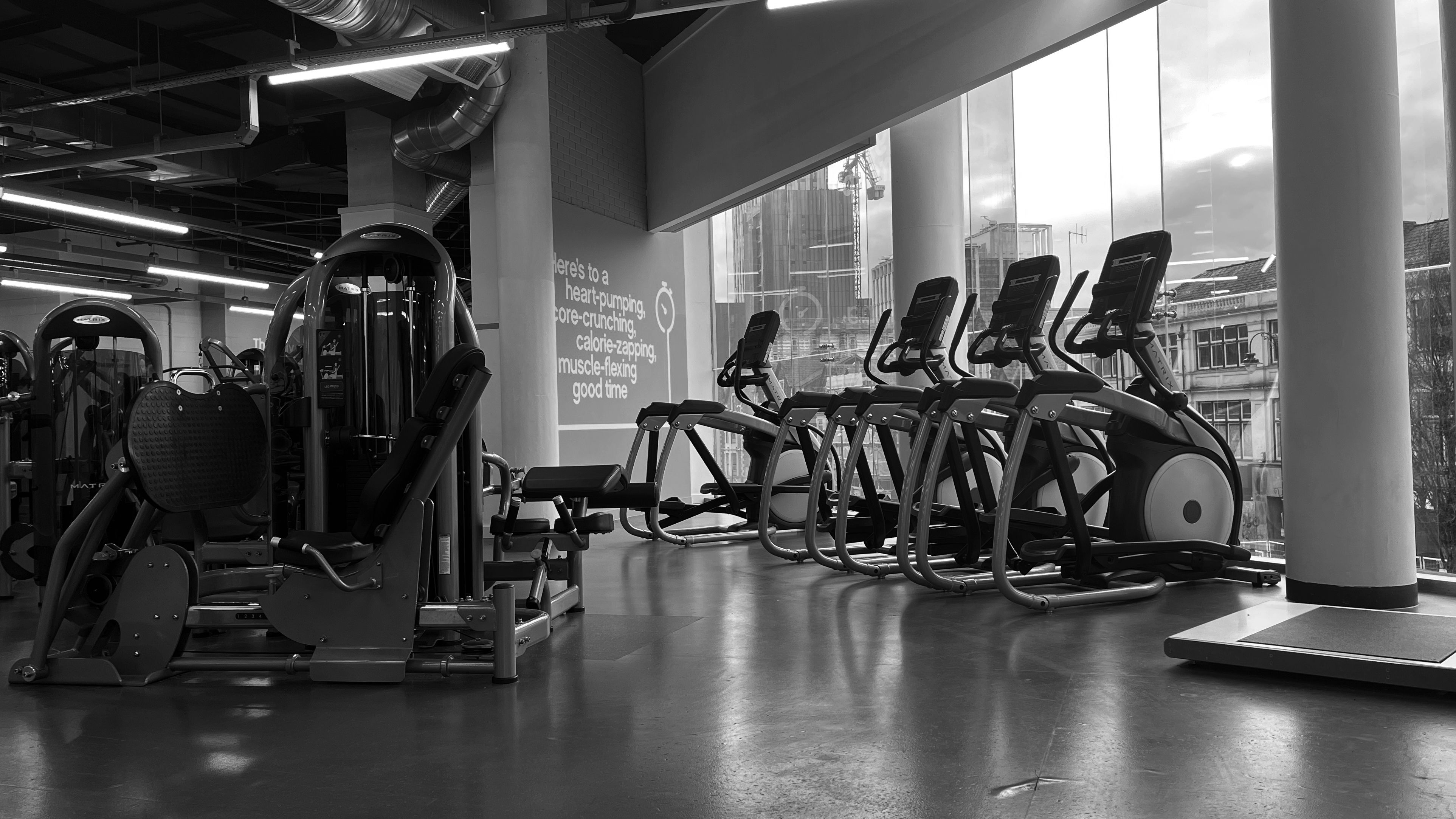
Its 2pm on a Monday in February. The lunch rush will have passed, the pre-work gang has long passed, and the post-work gang won’t arrive until at least another couple of hours. Surely the gym won’t be busy, right? Wrong. There’s currently over 100 people in there. Don’t they have jobs?
Those are the usual thoughts that race through my mind before plucking up the courage to use the very thing that drains £25 out of my bank account every month. 20 minutes in on the treadmill and feeling too overwhelmed is normally my sign to leave and put off stepping back in there for another week or so. It’s not that something bad has ever happened to me while being at the gym, or that someone has laughed whilst I’ve struggled to adjust my machine. For me, stepping into the gym environment can feel really deflating at times. Thoughts race through my mind about the fact my t-shirt of choice doesn’t quite match my leggings, or that my usual quiet safe corner is now incredibly busy. I know how to use the machines I want to use, but I feel as though others perhaps know better. I know that I have every right to ask someone how much longer they have on a machine, but I’d rather leave them to it. Is that gym anxiety? Or am I just too caught up in my own head? Those have been the questions I have asked myself for the last few months.

What is gymtimidation?
According to a recent study by Puregym, “56% of the population find going to the gym to be an intimidating experience”, with this number being significantly higher for women than men. A similar survey last September by The Gym Group revealed similar stats: “Intimidation in the gym is seen as the biggest barrier to joining for nearly a third of women (32%).”
Jenny Meggs, a lecturer in sports psychology at Lancaster University, explained how “the feeling of nervousness or anxiety” that is felt when considering going to the gym can be more simply described as “gymtimidation”. She adds, the “fear of being judged by other people”, and feeling generally insecure and unsure of the environment sits at the very core of all of this.
Perhaps it’s a female thing, or just something I’ll have to learn to get over, but with the hashtag “gymtimidation” having over 19 million views alone in the UK on TikTok, I’m starting to think maybe it isn’t just me. The trend of getting back into the gym or starting afresh in the new year is no stranger, yet the countless videos appearing on my fyp sometimes feel as though they have the opposite effect of what they should be having on me.
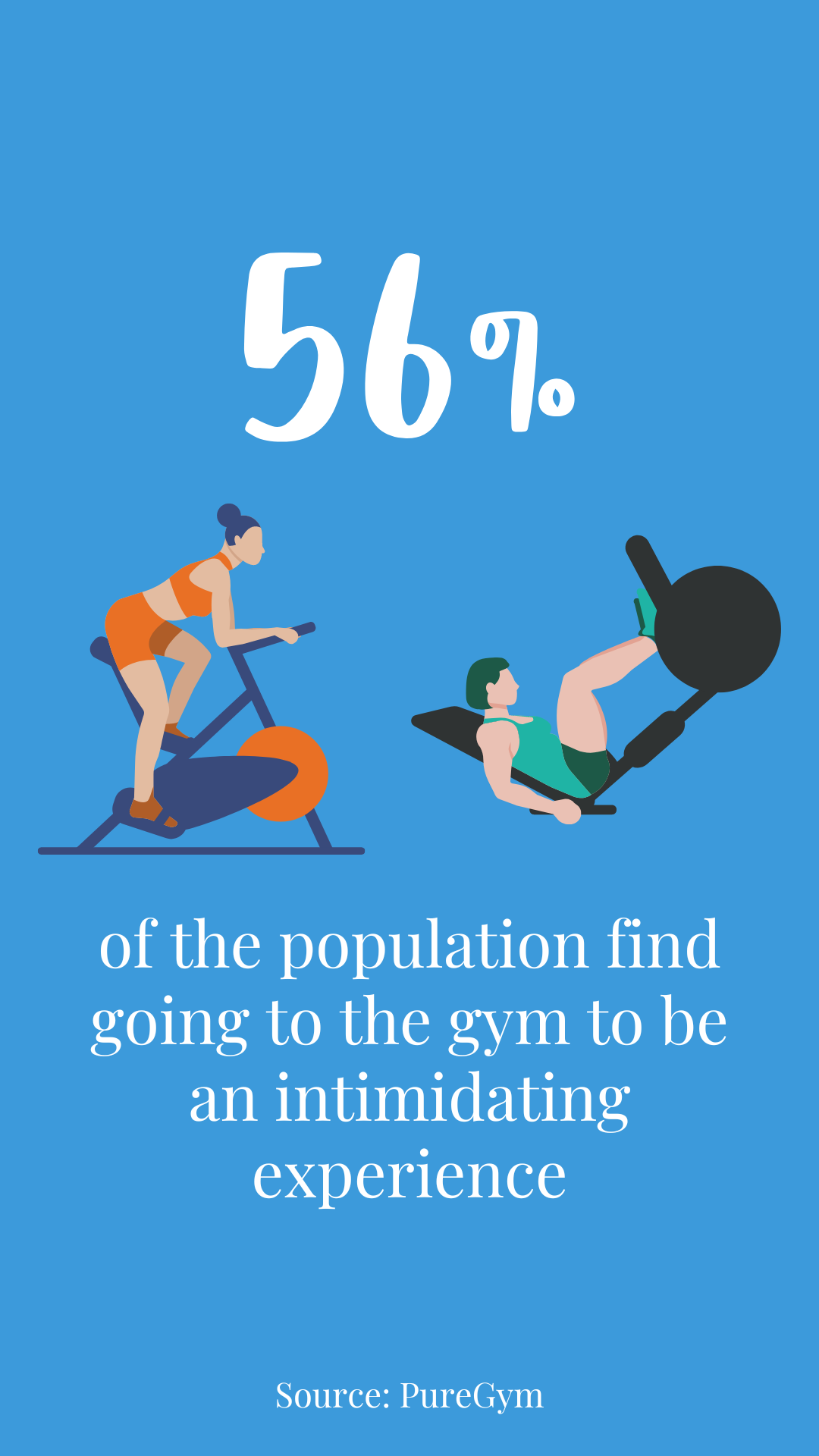
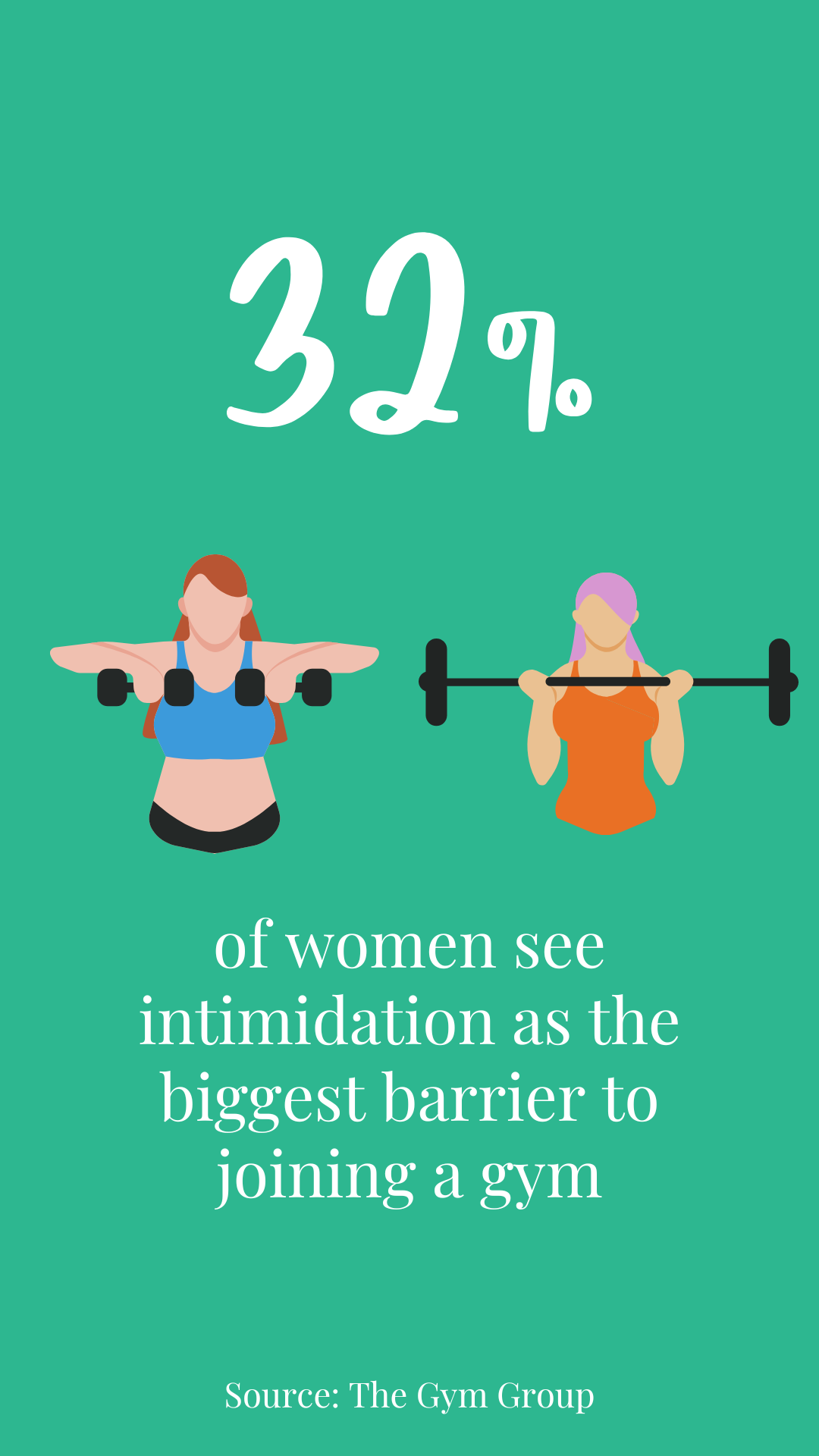
The TikTok movement
Having said all of this, one of the many ways that I have tried to seek advice is through watching countless TikTok’s. One of the most popular methods for overcoming this form of anxiety or perhaps self-efficacy is through “shy girl workouts." The trend has over 15 million views in the UK alone and is continuing to gain interest. Accounts like @nataleebfitness and @sydgrows aim to help young women feeling anxious, by encouraging them to find a quiet corner in the gym and follow sets of exercises that require minimal equipment. This is said to reduce the stress that comes with even setting up the exercises before bracing yourself to do them. The exercises are usually very simple and can be easily followed by watching the videos.
Why women?
The statistics I mentioned earlier illustrate a gym culture in which women are more likely to suffer from gym anxiety or “gymtimidation” as opposed to men. Eager to learn more, I spoke to the Riverside Leisure Club in Cardiff that offers a ladies’ gym as part of their facilities. They argue that having a women’s only section as a part of their club provides not only a “place of comfort”, but also a sense of “confidence for multicultural members to exercise away from a male dominant demographic.” This has been extremely important for women of all races and age groups who may find exercising intimidating. The club explained how their members, particularly those who have suffered with gym worries, have found the space useful to “build confidence before exploring other avenues of the gym.”

The plan
To overcome my own anxiety, I decided to take a month-long approach in the hope of evaluating whether following some professional advice could help me out. What better way to do all of this then in the busiest month of the year for gym goers. Puregym’s UK Fitness Report found that February is the busiest month to visit your gym, so it’s safe to say I was putting myself to the ultimate social anxiety test.
For the first two weeks of my month-long challenge, I followed nothing but my own advice and inklings I had from watching several motivating TikTok’s and pep talks from my friends. I decided to do two weekly reflections to assess how I was honestly feeling. For me, this wouldn’t be about my physical strength and fitness, but more about how I was mentally feeling after putting myself in what I consider an uncomfortable environment.
For the last two weeks of the month, I used advice from a qualified personal trainer, Nadia Petkova, to see whether her tips would help me reach my end goal of not considering the gym an intimidating or uncomfortable space.
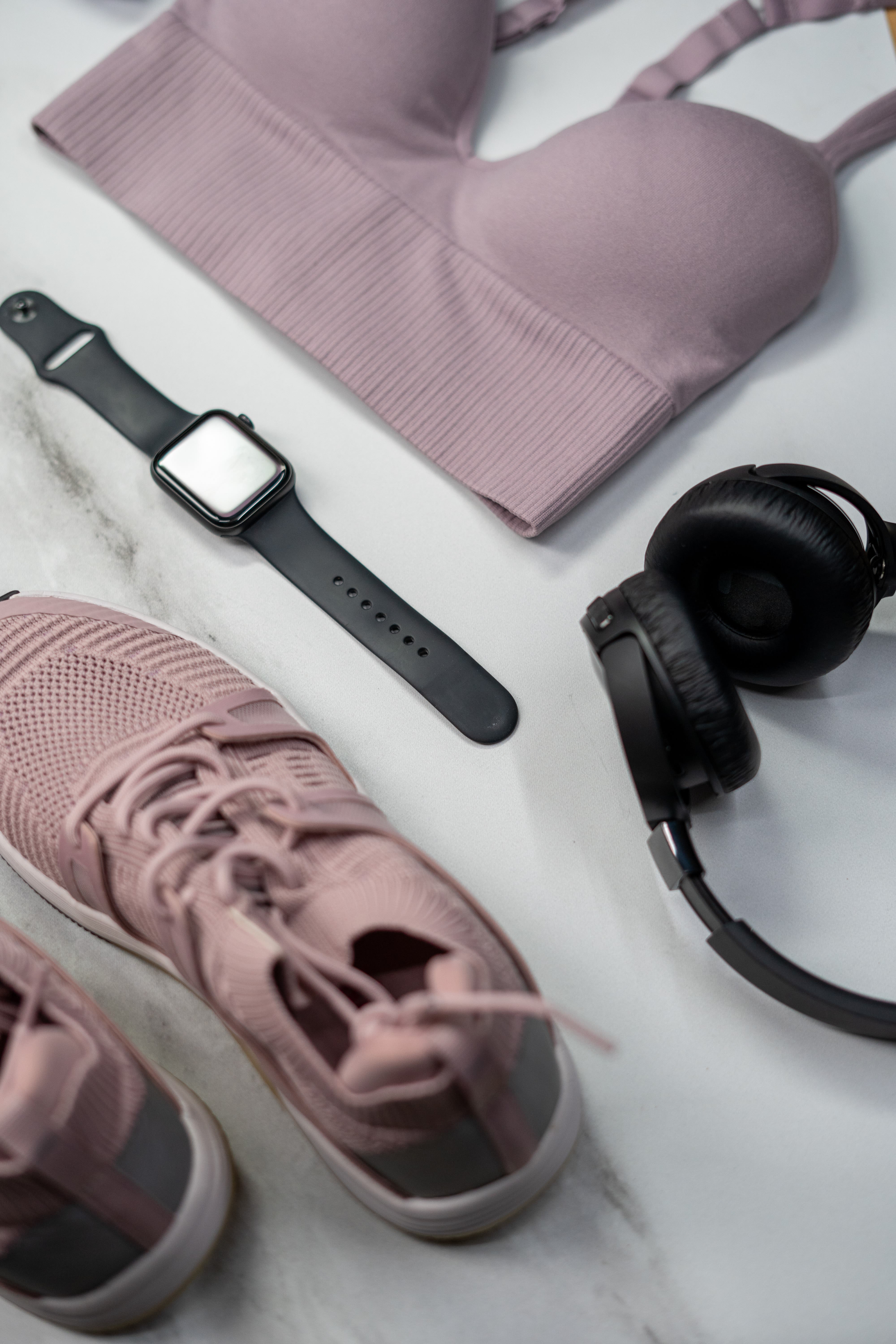

First 2 weeks
The night before my first planned session, I decided to mock up a schedule that I believed I could realistically stick to for the next 4 weeks. I concluded that 3 days a week sounded about right, and I could split these up into a leg focused day, an upper body focused day, and a core strength day. After chatting with some friends, they pushed me to create a list of exercises for each day on my phone so that whilst I was in the gym, I essentially had a to-do list to follow. Then came the first Monday.
I must’ve checked the gym capacity app on my phone around 5 times before forcing myself to take those first steps. Even though I had tried to pick a relatively quiet time, opting for a Monday afternoon, there was still an awful lot of people in there. Maybe everyone had the same logic as me, and now we can all be equally embarrassed that it’s really backfired. The fear of doing something stupid like dropping my metal water bottle and it making an obnoxiously loud sound, or even tripping up on the treadmill clouded my brain. Nevertheless, as worried as I was, I still made it in for my first day.
Day 1
Day 1 went surprisingly well, and I managed to nearly complete a full leg session for just under an hour with no water bottle drops or trip-ups. The only exercise I failed on involved heading into a busy studio with free weights, and this was simply making me feel too anxious. Nevertheless, the serotonin boost after the session was certainly worth it. Ticking off a plan left me with a sense of accomplishment and a bit of added motivation for the week.
Day 2
Day 2 consisted of an upper body day for about the same duration. Given I didn’t go anywhere near the free weights area, and I could complete my session just from moving about from machine to machine, I entered the gym feeling much more confident. Granted, the gym was still busy, but I was able to collect my thoughts and look for when certain machines were free.
Day 3
Day 3 was a Sunday, and therefore the gym felt considerably quieter than it had during the week. This was my shortest session and despite there being less people, this surprisingly had the opposite effect on my anxiety. With more room to breathe, I felt as though more eyes were on me exercising. Before Sunday, I gradually felt myself blending into the crowd, but now I felt as though I was front and centre stage. Safe to say I wasn’t ready for my encore after this session.
I chose to follow the same split of exercises across the next three days. Gradually throughout the second week the gym felt more familiar and therefore more comfortable as it became a part of my routine. However, I still wasn’t always ticking off every exercise I wanted to do, and this was making me feel deflated.

The advice

Nadia Petkova @theperformanceadvocate , is a qualified personal trainer based at The Gym Group in Cardiff, and her programme ‘get stronger with Nadia’ encourages people from all ages and backgrounds to get moving. I chatted with Nadia and asked her about experiencing gym anxiety.
Nadia reiterated how “it is important to remember that physical activity improves both mental and physical health.” She went on to add that many of us experience anxiety in different ways and that a small amount of exercise can be helpful in overcoming a mental block and in reducing gym anxiety. I chose to follow 5 tips from Nadia over the course of two weeks to see whether I could achieve my desired outcome.

Final 2 weeks

I started my final two weeks on a positive note. Nadia’s advice gave me a sense of reassurance and even though I wasn’t training with a PT, I had a range of tips to try and ease any worries that I had. I tried to follow every step each time I went to train, besides bringing a partner, but I did manage this for one session.
My first session back following Nadia’s advice was my longest session yet. I trained my lower body for an hour and although the initial anxiety I had stepping foot into the gym was still there, reminding myself of my goals for the session and the reason why I was there really helped. I continued to follow a plan as I had done previously and I also made sure to take my large, over-ear headphones, as I found these were good at drowning some of the general gym noise out allowing me to focus on myself.
On one of my visits I was joined by my housemate. Having someone to chat to in the initial stages of walking up to the gym and getting yourself ready really helped me to stop overthinking the situation entirely. Having been too engrossed in conversation, I forgot to read over my affirmation and instead just threw myself into the workout. This is something I want to continue going forwards in my personal journey as I can’t stress how helpful it was.
I did find that avoiding peak hours can be extremely difficult, especially if you’re someone like me where most of your day is consumed until around 5pm. Perhaps in an ideal world we would all want to head to the gym at 3pm on a Monday, but it just isn’t realistic. Having said this, I did find that Sundays were pretty quiet, especially if I trained in the morning.





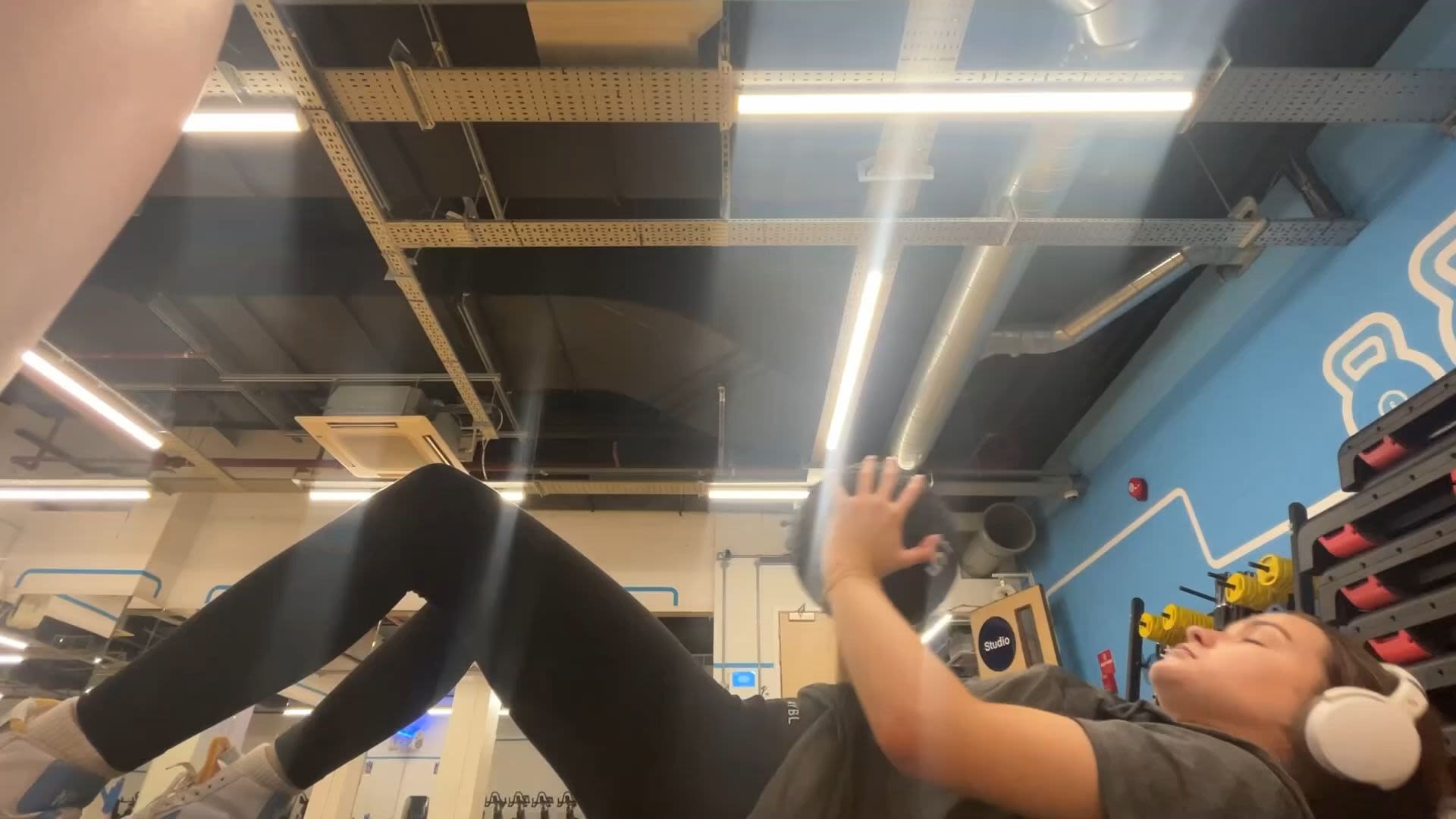



Finish line

I think it’s safe to say I have made progress from where I was stood just 1 month prior. This progress isn’t just physical and is overwhelmingly more to do with the mental side of things. Over the course of the month, and in particular when I sought professional help, I began to feel myself blend into the gym environment more. My thought process was no longer focusing on how people were looking at me, but rather getting myself to think about how I saw other people. When considering the term ‘gymtimidation’ and gym anxiety as a whole, I think that the popular movements such as shy girl workouts are definitely paving the way for a gym culture which is more open, honest, and accepting of its sometimes-hostile nature. I’m certainly still not 100% anxiety free, but I think that says more about my own personality*.
*If you are seriously struggling with anxiety then please seek professional, medical advice.


